In 2017, Wikipedia editor WikiDan61 changed the flag on Vatican City as it appears on the site, noting that “[all] images of actual Vatican City flags show the “gold” in the keys and tiara rendered in the same hue as the gold/yellow band of the flag, as well as a red opening at the bottom of the tiara”.
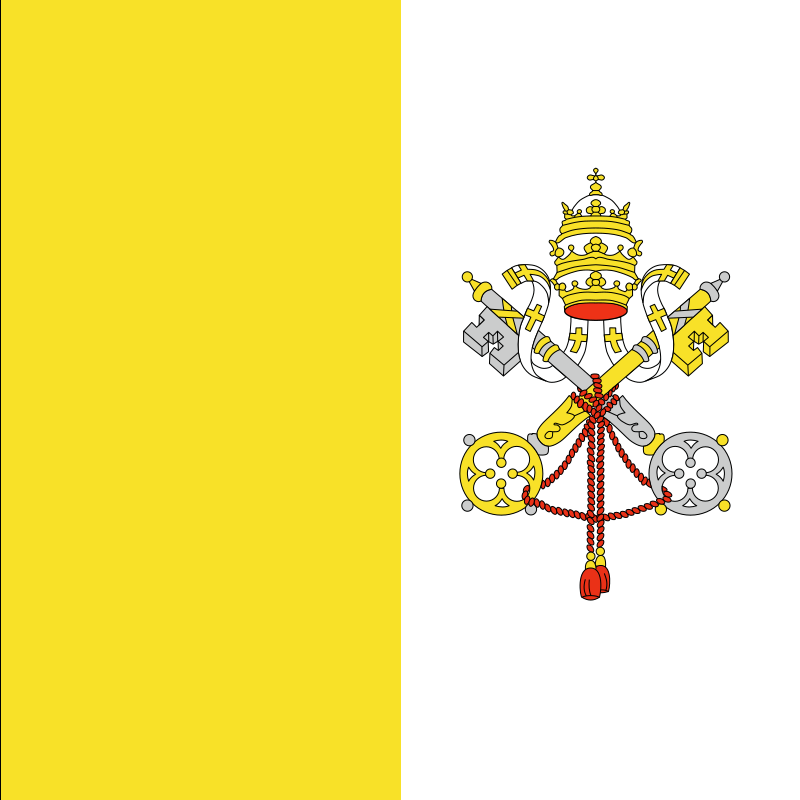
However, according to the 2000 revision of the Fundamental Law of Vatican City State, this version of the flag was incorrect. Most notably, if the specifications set out by the Holy See were followed, the inside of the papal tiara would appear white, not red.
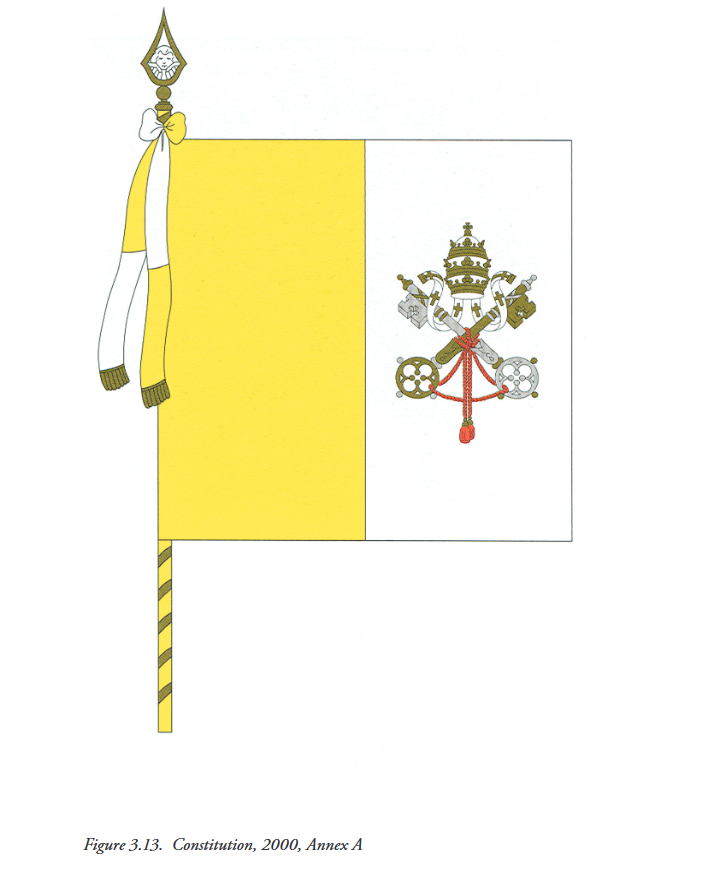
Wikipedia editors realized this mistake in 2022 and reverted the flag to a more appropriate version. However, as the story goes, the incorrect version of the flag had already begun to be downloaded and used by flag retailers worldwide. To this day, if you want to buy the flag of Vatican City, most of your options will feature the tiara with the red interior.
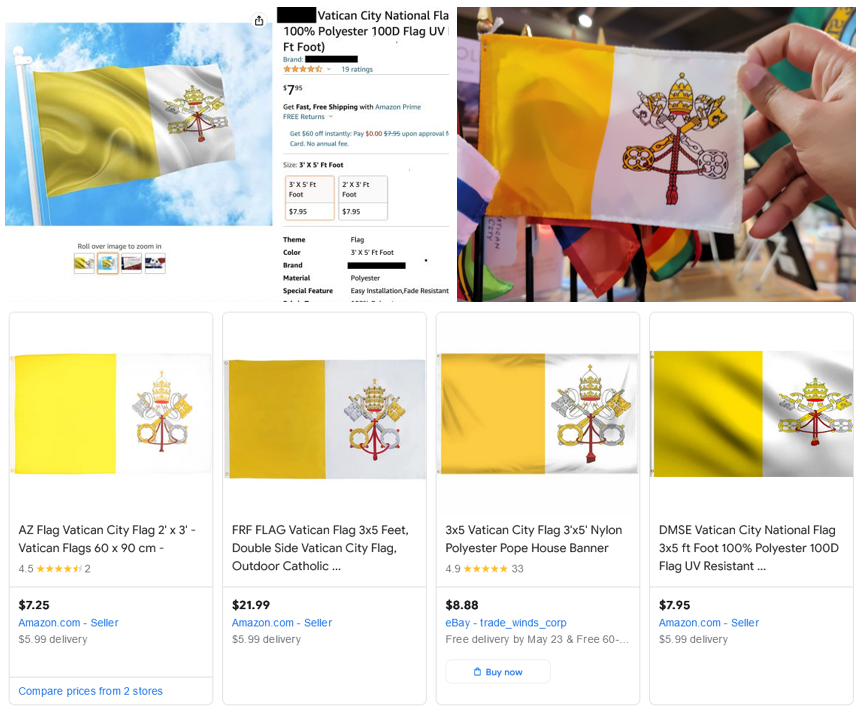
I contend that in order for a speaker’s message to be accepted as the truth by a listener, that listener must attribute a minimum amount of authority to the speaker. For instance, Wikipedia has just enough authority in the eyes of these flag retailers for its version of the Vatican City flag to be accepted as the truth. The primacy of authority is something I think we all intuitively understand, and to rhetoricians, this observation will come across as trivial (ethos is a vertex of the rhetorical triangle, after all).
However, the role of authority in the construction of popular truths and mis-truths cannot be overstated. For instance, you’ll often see anti-vaxxers (like Peter A. McCullough and his fellow industry professional “5G GENOCIDE”) leaning on the fact that an academic paper that they cite is indexed in PubMed, an organ of the National Library of Medicine and, by extension, an organ of the United States federal government. This appeal confers additional authority upon the speaker while playing against the authority of the government (“you see, even the vaccine-peddling NIH can’t deny the legitimacy of our research!”). McCullough’s understanding of authority might also explain why his display name is followed by his academic degrees, a registered trademark symbol (?) and a verification badge.

Is PubMed an authority on human health research? No, it is only an indexing service (read: online library) for the biomedical literature, and PubMed itself will be the first to tell you that. However, this bit of information isn’t relevant so long as PubMed is perceived as an authority within these circles.
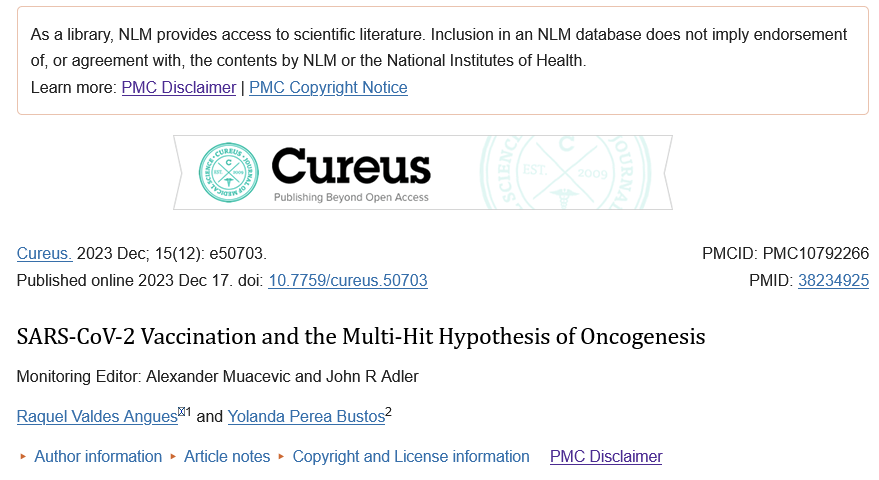
The primacy of authority is also why commentators have often portrayed participants in student protests about Gaza and Palestine as white, privileged or uneducated. Doing so does not really challenge the protestors’ message itself, but serves to degrade the authority of the message’s source in the eyes of observers, which can be both more effective and less troublesome.
The Vatican City flag snafu is a valuable case study in how authority shapes truth because of its unique conclusion. Not only did WikiDan61’s actions change how the truth was reflected by an authority, but arguably changed the truth itself. As a result of WikiDan61’s edit, the red-tiara version of the Vatican City flag has come into common use as a symbol to represent Vatican City, fulfilling the purpose of an ensign and become just as effective a flag of Vatican City as the official version.
This would be a great place to leave this story if the truth wasn’t even more complicated: WikiDan61 was not wholly incorrect. The red-tiara version of the Vatican City flag has seen use, even official use by the Holy See, for decades prior to their edit. You may have also noticed that several of the listings for the flag I showed earlier are not exact copies of WikiDan61’s design (look at the color and handles of the crossed keys), complicating the story further.
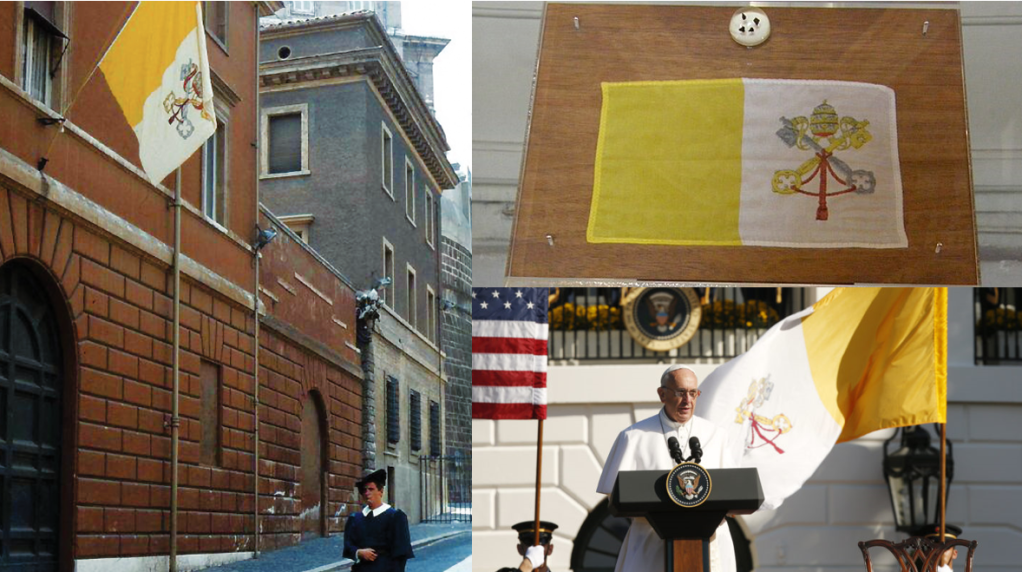
Have I muddled my thesis by ending with this tidbit? Probably. Will I jump at the chance to ramble on any vexillological ephemera regardless of coherence? Absolutely.


Leave a comment